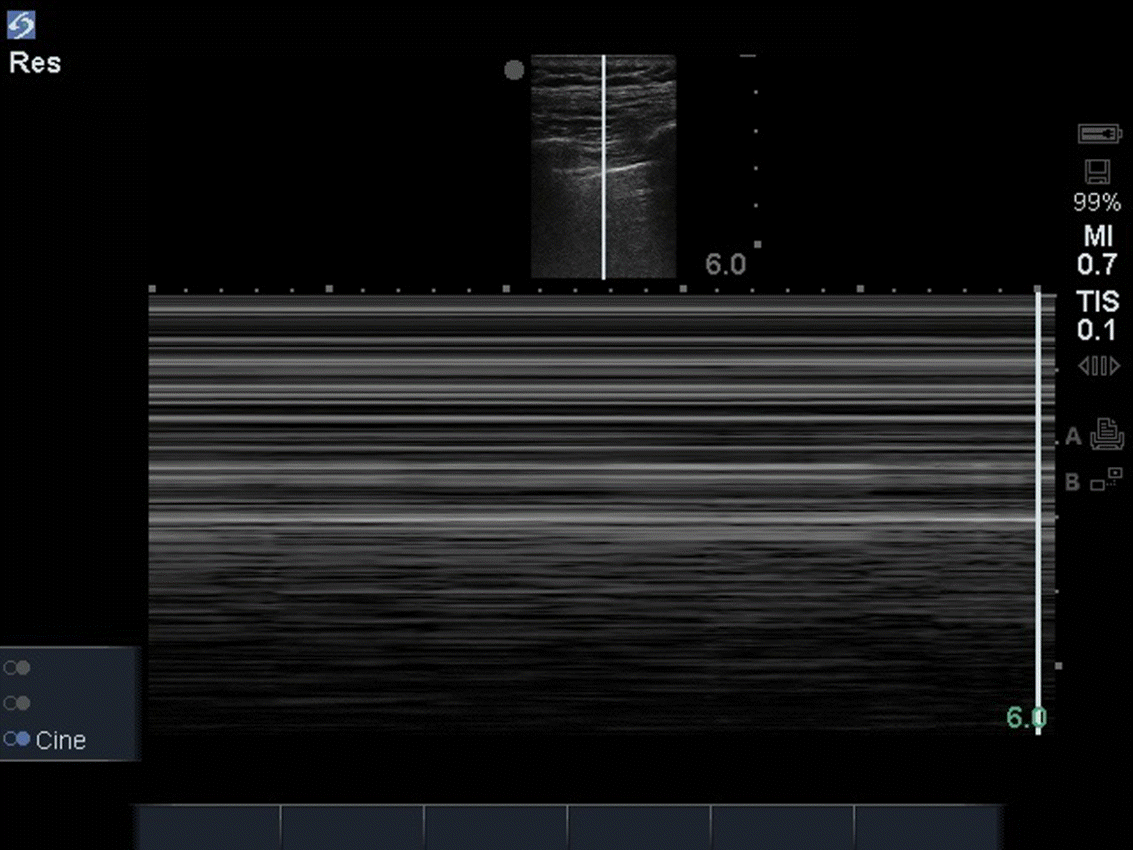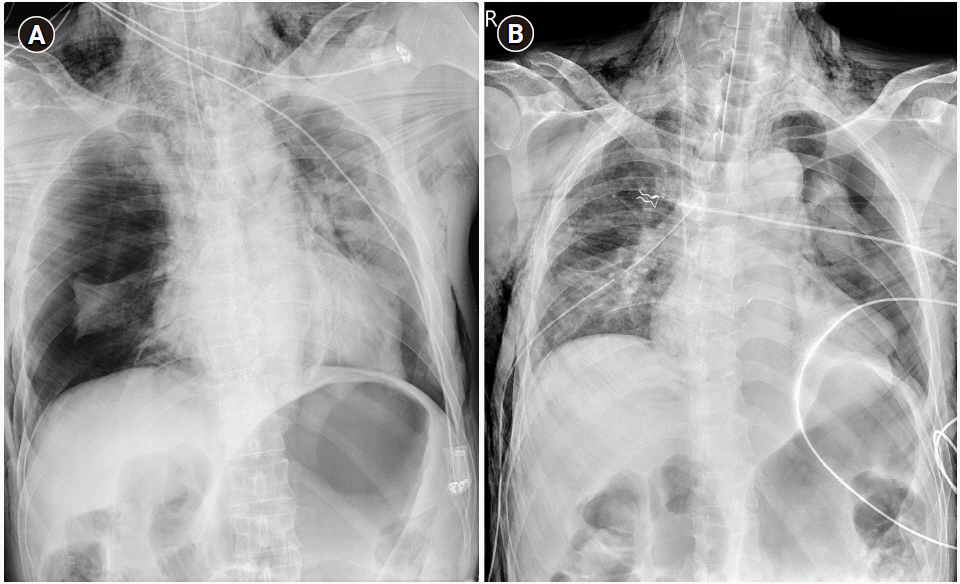1. Hamada K, Kawano K, Yamauchi A, Koyanagi R, Horikawa Y, Nishida S, et al. Efficacy of endoscopic submucosal dissection of esophageal neoplasms under general anesthesia. Clin Endosc. 2019; 52:252–7.
2. Yamashita K, Shiwaku H, Ohmiya T, Shimaoka H, Okada H, Nakashima R, et al. Efficacy and safety of endoscopic submucosal dissection under general anesthesia. World J Gastrointest Endosc. 2016; 8:466–71.
3. Song BG, Min YW, Cha RR, Lee H, Min BH, Lee JH, et al. Endoscopic submucosal dissection under general anesthesia for superficial esophageal squamous cell carcinoma is associated with better clinical outcomes. BMC Gastroenterol. 2018; 18:80.
4. Lian J, Chen S, Zhang Y, Qiu F. A meta-analysis of endoscopic submucosal dissection and EMR for early gastric cancer. Gastrointest Endosc. 2012; 76:763–70.
5. Cao Y, Liao C, Tan A, Gao Y, Mo Z, Gao F. Meta-analysis of endoscopic submucosal dissection versus endoscopic mucosal resection for tumors of the gastrointestinal tract. Endoscopy. 2009; 41:751–7.
6. Park YM, Cho E, Kang HY, Kim JM. The effectiveness and safety of endoscopic submucosal dissection compared with endoscopic mucosal resection for early gastric cancer: a systematic review and metaanalysis. Surg Endosc. 2011; 25:2666–77.
7. Yagi Kuwata N, Gotoda T, Suzuki S, Mukai S, Itoi T, Moriyasu F. Reasonable decision of anesthesia methods in patients who underwent endoscopic submucosal dissection for superficial esophageal carcinoma: a retrospective analysis in a single Japanese institution. Turk J Gastroenterol. 2016; 27:91–6.
8. Heo HJ, Lee JH, Kim YY, Baek SM, Kim KM, Jung DW. Invisible perforation during an endoscopic procedure of the esophagus under general anesthesia - a case report. Anesth Pain Med (Seoul). 2020; 15:383–7.
9. Lichtenstein DA. BLUE-protocol and FALLS-protocol: two applications of lung ultrasound in the critically ill. Chest. 2015; 147:1659–70.
10. Isomoto H, Yamaguchi N, Minami H, Nakao K. Management of complications associated with endoscopic submucosal dissection/endoscopic mucosal resection for esophageal cancer. Dig Endosc. 2013; 25 Suppl 1:29–38.
11. Roberts DJ, Leigh-Smith S, Faris PD, Blackmore C, Ball CG, Robertson HL, et al. Clinical presentation of patients with tension pneumothorax: a systematic review. Ann Surg. 2015; 261:1068–78.
12. Raja AS, Jacobus CH. How accurate is ultrasonography for excluding pneumothorax? Ann Emerg Med. 2013; 61:207–8.
13. Denault A, Canty D, Azzam M, Amir A, Gebhard CE. Whole body ultrasound in the operating room and intensive care unit. Korean J Anesthesiol. 2019; 72:413–28.
14. Volpicelli G, Elbarbary M, Blaivas M, Lichtenstein DA, Mathis G, Kirkpatrick AW, et al. International Liaison Committee on Lung Ultrasound (ILC-LUS) for International Consensus Conference on Lung Ultrasound (ICC-LUS). International evidence-based recommendations for point-of-care lung ultrasound. Intensive Care Med. 2012; 38:577–91.
15. Volpicelli G, Boero E, Stefanone V, Storti E. Unusual new signs of pneumothorax at lung ultrasound. Crit Ultrasound J. 2013; 5:10.
16. Loiselle A, Parish JM, Wilkens JA, Jaroszewski DE. Managing iatrogenic pneumothorax and chest tubes. J Hosp Med. 2013; 8:402–8.
17. Mavridis S, Gnauk HG, Schumacher M, Wagner R. Bilateral pneumothoraces complicating reduction mammoplasty: a case report. BMC Surg. 2013; 13:29.




 PDF
PDF Citation
Citation Print
Print





 XML Download
XML Download